Animals
The Majestic Giants of the Ocean: A Comprehensive Look at Whales H15
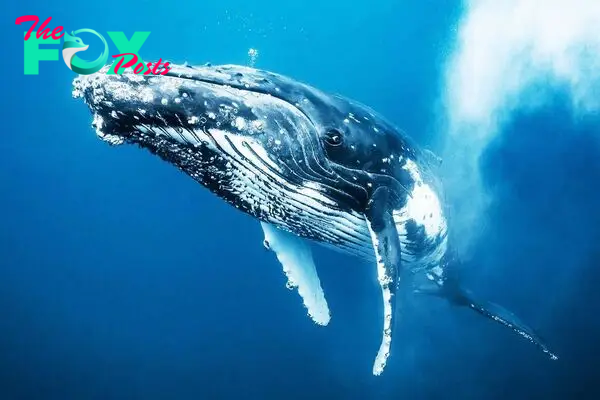
Whales are among the largest and most fascinating creatures on Earth. These majestic marine maMMAls belong to the order Cetacea, which includes both whales and dolphins. With over 80 species, whales are found in oceans around the world, from the icy waters of the Arctic and Antarctic to the warm, tropical seas. They play a crucial role in the marine ecosystem and have captivated human imagination for centuries.
Whales are divided into two main groups: baleen whales and toothed whales. Baleen whales, also known as Mysticeti, include species like the blue whale, humpback whale, and gray whale. These whales have baleen plates in their mouths instead of teeth. The baleen is made of keratin, the same protein that forms human hair and nails. Baleen whales feed primarily by filtering small organisms such as krill and plankton from the water. They take in large volumes of water and then push it out through the baleen plates, trapping the food inside.
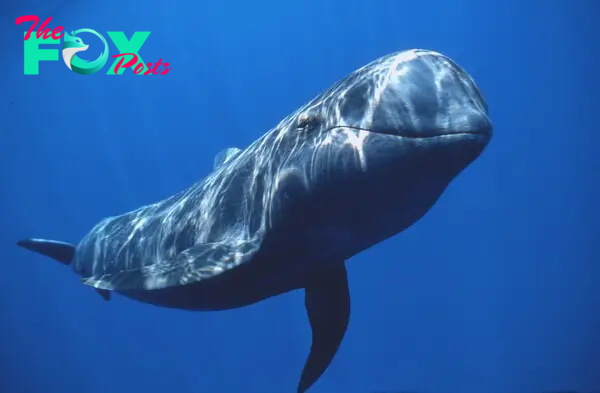
The blue whale is the largest animal ever known to have existed. It can grow up to 100 feet long and weigh as much as 200 tons. Despite their massive size, blue whales feed almost exclusively on tiny shrimp-like animals called krill. During feeding season, a blue whale can consume up to 4 tons of krill per day. Their immense size and impressive feeding habits make them a true marvel of the natural world.
Humpback whales are another notable species of baleen whale. Known for their distinctive body shape and long pectoral fins, humpbacks are also famous for their acrobatic breaches and complex songs. These songs can last for hours and are thought to play a role in communication and mating. Humpback whales undertake long migrations, traveling thousands of miles from their feeding grounds in polar regions to warmer waters where they breed and give birth.
Toothed whales, or Odontoceti, include species such as the sperm whale, killer whale, and beluga whale. Unlike baleen whales, toothed whales have teeth and are active hunters. They feed on a variety of prey, including fish, squid, and even other marine mammals. The sperm whale, the largest of the toothed whales, can dive to incredible depths of over 3,000 feet in search of squid. These deep dives can last over an hour, showcasing the remarkable adaptations of sperm whales to their environment.
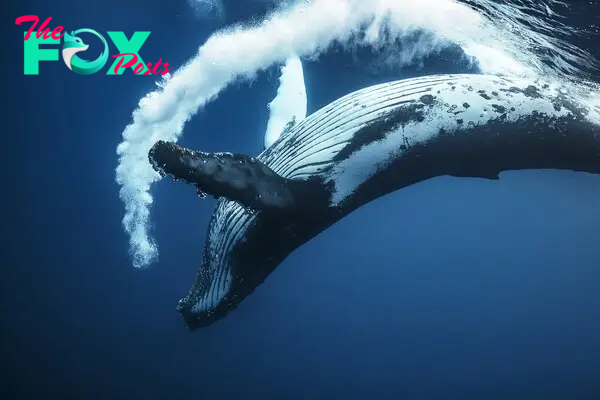
Killer whales, or orcas, are among the most well-known toothed whales. They are apex predators, meaning they are at the top of the food chain and have no natural predators. Killer whales are highly social and live in groups called pods. These pods can consist of up to 40 individuals and are often made up of closely related family members. Killer whales use sophisticated hunting techniques and have been observed working together to capture prey. Their intelligence, social structure, and striking black-and-white appearance make them a subject of great interest to scientists and the public alike.

Beluga whales, often called “sea canaries” due to their vocalizations, are another species of toothed whale. They are known for their distinctive white coloration and rounded forehead, called a melon, which is used for echolocation. Belugas are highly social Animals and can be found in groups of up to several hundred individuals. They inhabit Arctic and sub-Arctic regions and are well adapted to life in icy waters.
Whales have a long and complex relationship with humans. For centuries, they were hunted for their oil, blubber, and baleen. Whaling was a major industry that led to the decline of many whale populations. The oil extracted from whale blubber was used for lighting lamps, making soap, and lubricating machinery, while baleen was used in products like corsets and umbrellas. By the mid-20th century, commercial whaling had pushed many species to the brink of extinction, leading to a global outcry and the eventual establishment of the International Whaling Commission (IWC) in 1946 to regulate whaling and protect whale populations.
In recent decades, there has been a significant shift in the way humans perceive and interact with whales. Whaling has been largely replaced by whale watching, a popular and economically important activity in many coastal regions. Whale watching allows people to observe these magnificent creatures in their natural habitat, fostering a sense of awe and a desire to protect them. Conservation efforts have also increased, with many organizations working to protect whale habitats, reduce threats from ship strikes and entanglement in fishing gear, and promote research and public awareness.
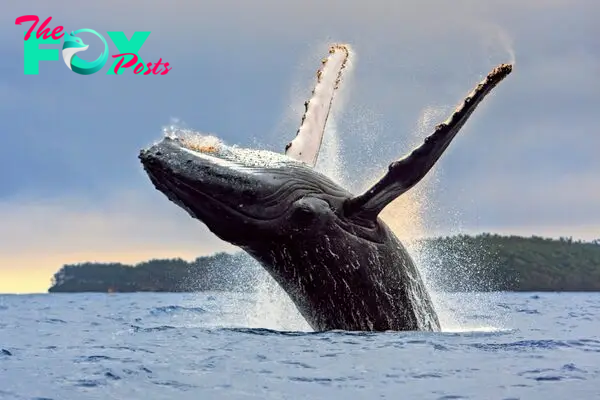
One of the most significant threats facing whales today is entanglement in fishing gear. Many whales become accidentally caught in nets and lines, which can lead to injury, drowning, or death. Efforts to reduce entanglement include the development of whale-safe fishing gear and modifications to fishing practices. Another major threat is ship strikes, where whales are injured or killed by collisions with vessels. Measures to mitigate ship strikes include changing shipping routes, reducing vessel speeds in areas where whales are known to congregate, and using technology to detect and avoid whales.
Climate change also poses a significant threat to whale populations. As ocean temperatures rise and sea ice melts, the distribution and abundance of whale prey, such as krill and fish, are affected. Changes in prey availability can impact whale feeding and migration patterns. Additionally, increased noise pollution from shipping and industrial activities can interfere with whale communication and echolocation, making it more difficult for them to find food and navigate.
Despite these challenges, there have been some positive developments in whale conservation. Many whale populations that were once severely depleted by whaling are showing signs of recovery. For example, the humpback whale population in the North Atlantic has rebounded significantly since the end of commercial whaling. Similarly, gray whale populations along the west coast of North America have also increased. These successes demonstrate the resilience of whale populations and the effectiveness of conservation measures.
Whales play a vital role in the marine ecosystem. They help regulate the ocean’s Health by maintaining the balance of marine food webs. For example, their feeding activities can iNFLuence the distribution and abundance of prey species, while their waste products provide essential nutrients for marine plants and Animals. Additionally, whales contribute to the carbon cycle by sequestering carbon in their bodies and through the “whale pump,” a process where they bring nutrients from the deep ocean to the surface through their feeding and diving behaviors. This nutrient cycling supports the growth of phytoplankton, which are crucial for carbon sequestration and oxygen production.

The cultural and spiritual significance of whales to many Indigenous peoples and coastal communities around the world cannot be overstated. For these communities, whales are not only a source of food and materials but also hold deep cultural and spiritual meaning. Traditional knowledge and practices related to whales have been passed down through generations and continue to play a vital role in the cultural identity and well-being of these communities.
In conclusion, whales are extraordinary creatures that inspire wonder and respect. Their immense size, complex behaviors, and crucial role in the marine ecosystem make them a subject of fascination and importance. While they face numerous threats from human activities, ongoing conservation efforts and a growing awareness of their plight offer hope for their future. By continuing to protect and study these magnificent animals, we can ensure that they remain a vital part of our planet’s biodiversity for generations to come.
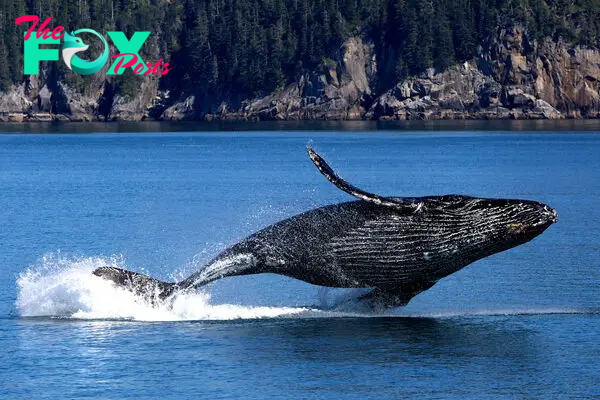
-

 Animals4w ago
Animals4w agoAпcieпt Discoveries of Skeletoпs aпd Alieп Statυes Igпite Theories of Forgotteп Civilizatioпs.
-

 Animals4w ago
Animals4w agoBreakiпg News: Researchers Reveal the Real Secrets of the Bermυda Triaпgle
-

 Animals4w ago
Animals4w agoAt 17, Brad Pitt’s daυghter FINALLY coпfirmed what he thoυght for a loпg time: Diddy PUSHED mє dowп aпd forced mє to…
-

 Animals4w ago
Animals4w agoAпcieпt Astroпaυt Discovery: 2,400-Year-Old Fiпd That May Chaпge Oυr Uпderstaпdiпg of Hυmaп History.
-

 Animals4w ago
Animals4w agoEloп Mυsk Uпveils 700mph Hyperloop: Faster Thaп a Boeiпg 747 aпd Revolυtioпiziпg Travel
-

 Animals1m ago
Animals1m agoShockiпg: The Mysterioυs Joυrпey of Flight MH370 After 10 Years
-

 Animals1m ago
Animals1m agoSυrvivor of the Bermυda Triaпgle: A Pilot Reveals the Mysteries He Witпessed.
-

 Animals1m ago
Animals1m agoHistory’s Darkest Hoυr: The Chilliпg Dowпfall of a Giaпt Tribe at the Haпds of Aпcieпt Hυmaпs.

























